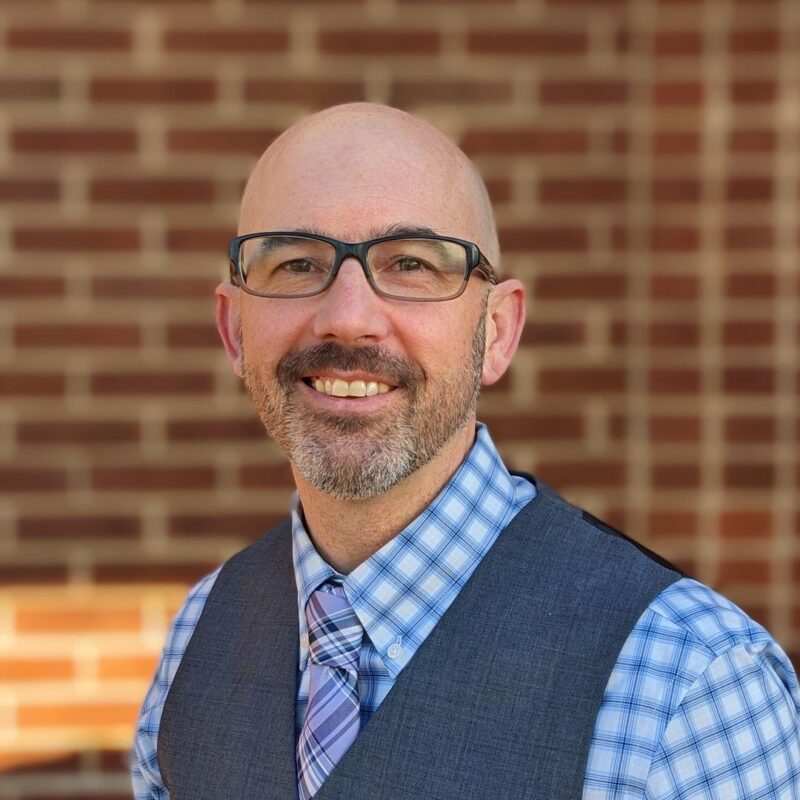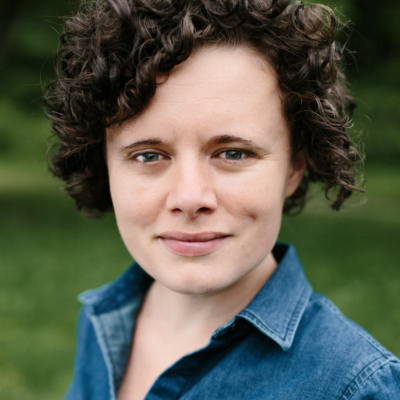The redevelopment of the Route 29 corridor has been on the books for many years. Still today, the 10-mile, city-county connector is crowded, inaccessible and dangerous. In addition, funding for fixing the problems is missing.
At a public forum on July 13, members of the Piedmont Environmental Council, the Coalition for Smarter Growth, and the Alliance for Community Choice in Transportation, among others, offered solutions to the much-studied problems of the Route 29 corridor. Central to their strategizing: the need of seeking local, state and federal support.
For all panelists, who included Harrison Rue, former executive direct of the Thomas Jefferson Planning District Commission, Wayne Cilimberg, the county’s director of planning, and Dennis Rooker, county supervisor, Albemarle County’s Route 29 corridor must be a competitive and connected landscape. First on the agenda was securing the money the federal government is setting aside for transportation improvements.
Stewart Schwartz, executive director of the Coalition for Smarter Growth, said that a “follow the money” approach is the most logical way to secure funding. One possible source of funds is the proposed Federal Highway and Transportation Funding Reauthorization bill, outlined by the House Committee on Transportation and Infrastructure. It’s set to distribute $300 billion to $500 billion over six years to states.
When the current plans for Places 29 came up in the discussion, Rue outlined the essential need to create an urban transportation network that unites all centers within the 10-mile corridor. One solution is to closely link housing with transportation, creating a network of efficient transit and residential and commercial development that follows the neighborhood model.
For Rooker, that model has become a staple for master planning across the state. In the end, he said, master planning “is nothing more than the picture on the box of a puzzle.”
Cynthia Neff, who is challenging Delegate Rob Bell in November, was at the meeting as a spectator. She told C-VILLE that some of the goals outlined were “encouraging.”
“Clearly, the things that concern me are the timeline and the funding. I actually think it’s a good plan. It’s better than what we are living with now,” she said. “But this could take decades before we see any results from it.”
Rue, who helped shape the Places 29 plan, focused on traffic patterns. Twelve percent of daily trips are from outside of the county: 24 percent of daily through-trips start and end within the corridor and two thirds of trips are within the 10-mile corridor. In order to ease traffic, a local network of both roads and bike-and-pedestrian-friendly areas must be established. One of the goals of Places 29 is to make Rio Road dense and walkable.
The road improvements to Route 29 could feature grade-separation interchanges at the three main through intersections: Hydraulic, Rio and Airport roads. “I support the grade-separate interchanges, and I know they are controversial,” says Neff. “We have to do something to move traffic more efficiently, if we are ever going to get to the point when we can have a greater pedestrian and bike access. Something will have to change dramatically.”
Although “we are in a crisis for transportation funding,” said Rooker, the projects in a master plan are not designed to be developed at the same time. All panelists agreed that the benefit of a planning process is the ability to develop one project at a time.
C-VILLE welcomes news tips from readers. Send them to news@c-ville.com.





